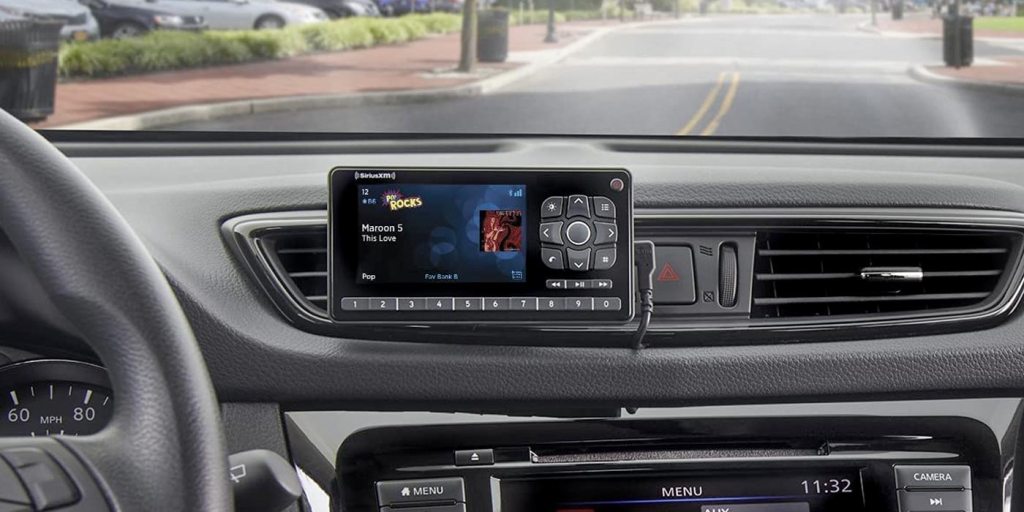
SpaceX launched its second mission in just over fourteen hours from the Vandenberg Space Force Base in California earlier today. The launch marked a rare occasion when the firm's Falcon 9 rockets flew from both coasts of the continental United States, with the previous launch taking place early in Eastern Time from the Cape Canaveral Space Force Station in Florida with the latest batch of the firm's 52 Starlink satellites to low Earth orbit (LEO).
SpaceX's Transporter 8 Mission of 72 Satellites Features Spacecraft From All Over The World
The mission took to the skies successfully at 2:35 pm Pacific Time. Soon after launch, the Falcon 9 traveled faster than the speed of sound, and in a standard set of affairs, the first and second stages of the rocket separated without flaw. However, the booster landed on land - an occurrence that is becoming quite common because of improvements made to the Falcon 9 rocket.
Today's booster has flown nine times before, with multiple launches for the National Reconnaissance Office (NRO) and SpaceX's own Starlink constellation. In another new record for SpaceX today, the Falcon 9's landing was also the 200th successful landing of an orbital rocket. SpaceX is the only company in the world that can vertically land its orbital rockets - a fact that has enabled it to save on significant launch costs of making a new rocket for every mission.
The Transporter 8 mission is one of SpaceX's rideshare missions through which it clumps together small satellites and launches them in bulk. Today's payload stack, or the portion of the rocket that hosts all these spacecraft, was the tallest SpaceX has launched to date. It was also the largest mass to orbit in the firm's history.
The landing on LZ-4 covers only the record set by rockets capable of reaching orbit. Others, particularly Blue Origin's New Shepard, can also vertically land but are not as powerful as the Falcon 9. SpaceX's first landing was on land in December 2015 - making it fitting that the 200th was also on land. The firm also shared that reusability is now the backbone of its launch cadence and manifests as roughly 90% of all missions launched since the start of 2022 have used refurbished rocket boosters.
The 72 spacecraft part of the mission is made of various satellites. These include cube satellites, micro satellites, a reentry capsule and orbital transfer vehicles for the spacecraft. Additionally, all of these spacecraft will separate from the Falcon 9's second stage roughly an hour after liftoff. The satellites will be used for student research, in space technology and other purposes for various organizations, including the Defense Advanced Research Projects Agency (DARPA).
Along with DARPA, the Falcon 9 also flew a payload for the Vatican. This payload, called Spei Satelles, or satellites of hope in Latin, is a small chip engraved with the Pope's speech in the aftermath of the coronavirus pandemic. This chip is being flown on a small satellite designed by students in an Italian university with involvement from the Vatican, the Italian Space Agency and others.
WccftechContinue reading/original-link]







